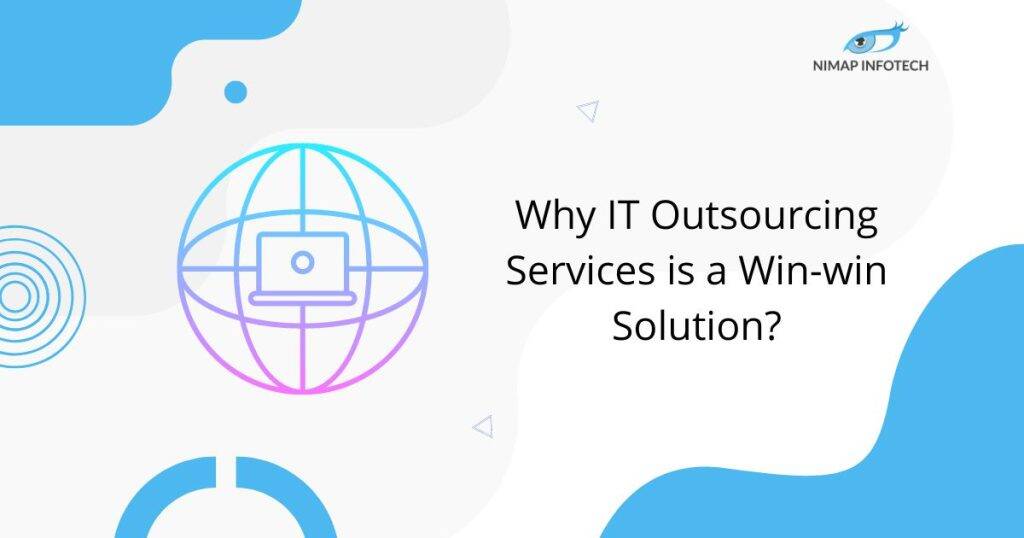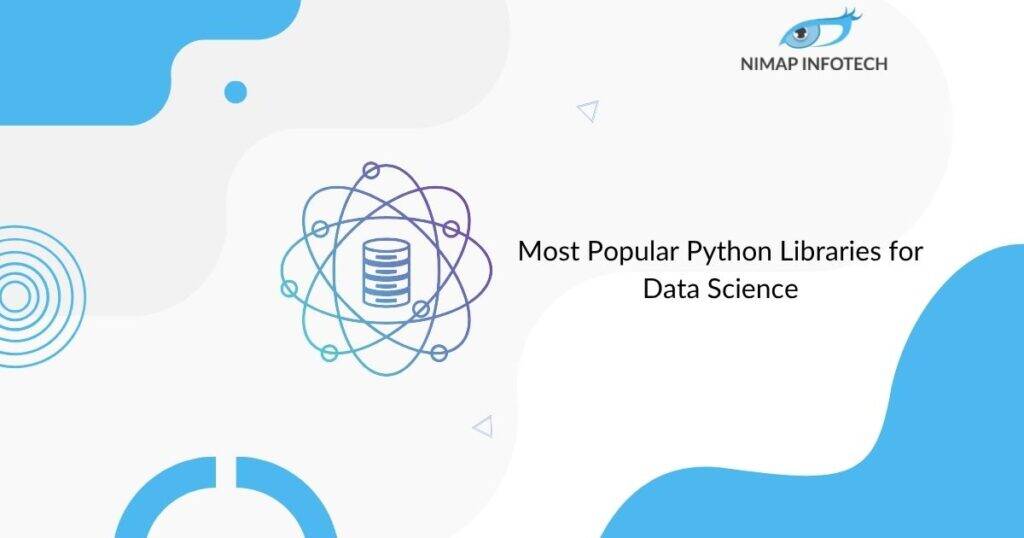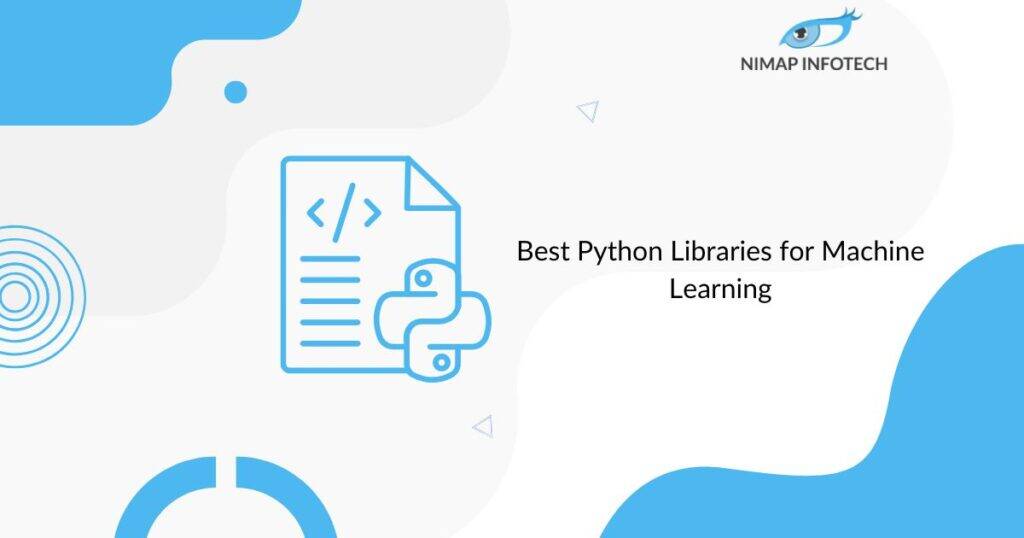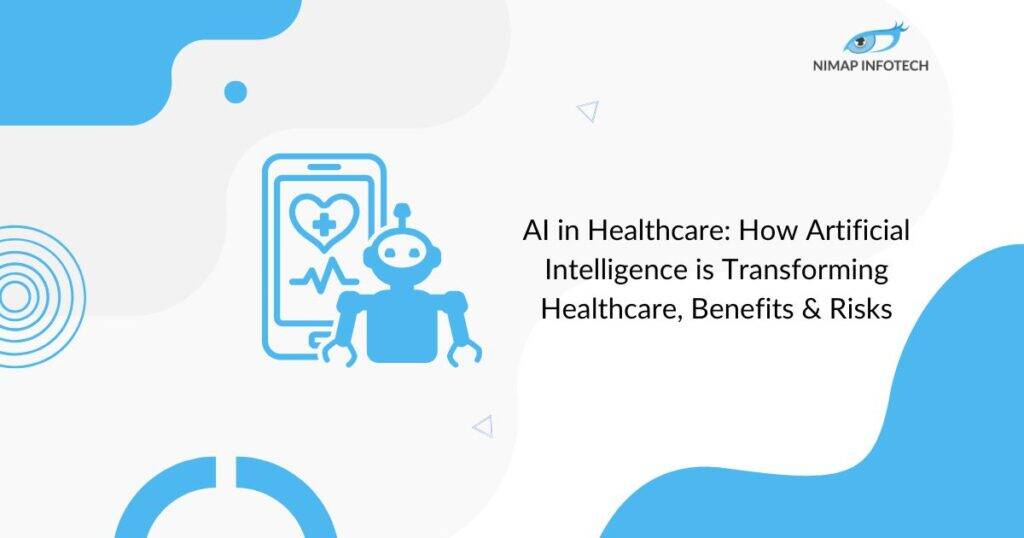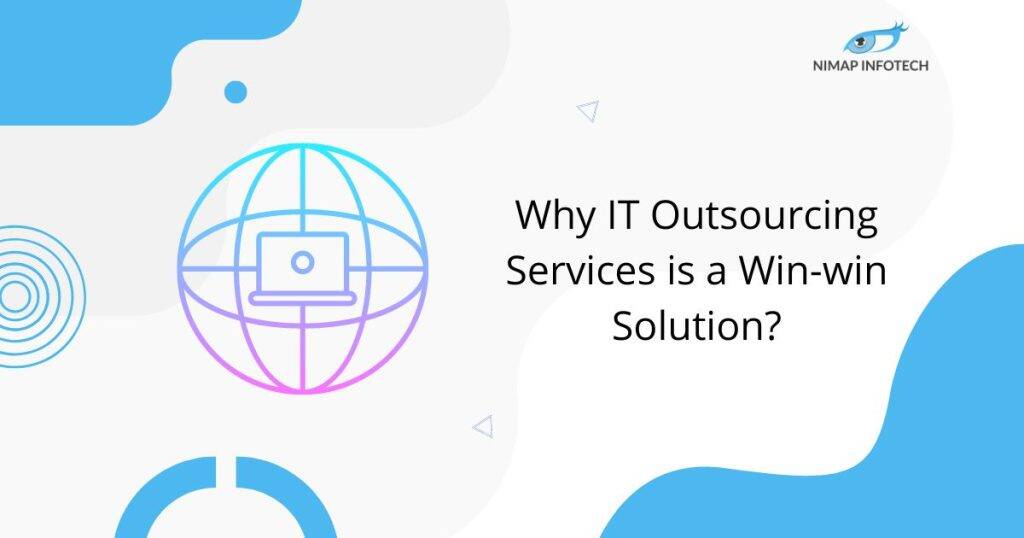Since its inception, Java has become the top programming language, preferred by developers and known as the “write once, run anywhere” language, gaining strong popularity.. Its robust features have propelled it to the forefront of software development for over two decades. The Advantages of Java offer powerful benefits, but it’s important to consider its drawbacks for the right fit.
In this article, we delve into the key features of Java that make it a versatile, secure, and platform-independent language, influencing developers across the globe. One of Java’s main advantages is its “write once, run anywhere” philosophy, which enables programmers to construct smooth and unaltered applications across several platforms. The Java Virtual Machine (JVM), which decodes Java bytecode, makes this platform independence possible. Additionally, Java’s object-oriented design encourages modular and reusable programming, which improves scalability and maintainability. Both inexperienced and seasoned developers widely use Java. Its dedication to automatic garbage collection, robust memory management, and integrated security measures encourage the creation of secure and reliable programs while lowering the possibility of system crashes.
What is Java Based Upon?
Sun Microsystems created the original Java compiler, which was written in C and included some C++ libraries. C and C++ are the building blocks of Java. A compiler transforms Java files into a bit code format, which the Java interpreter subsequently runs. The runtime environment for Java programming is called the Java Virtual Machine (JVM).
Advantages of Java – the Programming Language
Java is Easier; Java Has Its Community:
Java is a popular, secure, object-oriented, and all-purpose programming language that has gained popularity among other programming languages due to its strength and security. It is a high-level language, meaning that English-like grammar is used in it. The year 1995 saw Sun Microsystems develop it. Java is frequently referred to as a platform since it has its runtime environment and API.
Robust Security:
Java’s design values robustness and dependability. Thanks to features like tight memory management, exception handling, and automatic garbage collection, system crashes are less likely. Java is known for creating secure applications because of its security features, which include a secure runtime environment and the lack of explicit references.
Multi-threading:
Thanks to Java’s support for multithreading, multiple threads can run concurrently within a program. This feature improves performance, responsiveness, and the effective use of system resources. Developers can create multithreaded programs by implementing the `Runnable` interface or utilizing Java’s `Thread` class.
Easy to Learn:
Java is a user-friendly programming language that is easy to learn and use. Its syntax closely resembles that of C and C++, making it familiar to those with experience in these languages. Java also includes automatic garbage collection, reducing developers’ manual memory management tasks. Additionally, Java has streamlined its functionality by removing unnecessary features and creating a more efficient language. To maintain and improve performance, Java frequently releases updates, making it a practical choice for learners and professionals alike.
Independent Language:
Java stands out as a platform-independent language, meaning it isn’t tied to any specific machine or dependent on external factors to operate. This independence is achieved through its unique runtime environment, the Java Virtual Machine (JVM), which allows Java to follow a “write-once, run-anywhere” philosophy. Java operates as a software-based platform that sits atop other hardware platforms, enabling code to be executed across various systems, including Windows, Linux, Sun Solaris, and macOS. The compiler transforms Java code into bytecode, allowing it to run seamlessly on different platforms.
Automatic Memory Management:
Another essential feature of Java is its automatic memory management. This feature enhances performance by managing memory allocation and freeing space for objects automatically, relieving developers from handling memory management manually. As a result, issues like object destruction are handled internally, and no extra memory management logic is needed. This automatic approach simplifies coding and contributes to Java’s efficiency and reliability in software development.
Scalability:
Java provides impressive scalability, enabling it to handle growing workloads and an increasing number of users with ease. This scalability is supported by Java’s foundation as an object-oriented programming language, which allows it to manage extensive databases effectively. Java operates efficiently without requiring multiple resources during runtime, and it leverages multithreading and multiprocessing to optimize performance. Additionally, Java’s robust code structure supports higher volumes of code, making it suitable for complex and large-scale applications.
Simplified Syntax:
Java’s simplified syntax is another key feature that contributes to its popularity. Its syntax is designed to be easily understood by both the compiler and the computer, simplifying the coding process. Java is case-sensitive, meaning that terms like “hello world” and “Hello world” are recognized as distinct. The language also includes an array of objects and classes, and statements are completed with semicolons (;). To define a code block, Java syntax uses curly braces “{…}”, making the structure clear and organized for developers.
Interpreted:
Java creates bytecode from programs. The JVM interprets and executes this bytecode, giving Java great flexibility. Regardless of the underlying architecture, the same compiled code can execute on any device that has a JVM.
Excellent Performance:
Java can be understood. Nevertheless, it uses Just-In-Time (JIT) compilation to provide excellent speed. As the program executes, the JVM converts bytecode to native machine code. This boosts the performance of code paths that run often.
Ever-changing:
Java is ever-changing as it supports linking, loading, and unloading of classes while the program runs. This allows programs to grow and change during execution, making possible features like runtime polymorphism and the ability to load classes over a network.
Compatibility with Modern Development Trends:
Java adapts well to modern software development trends, such as cloud computing, mobile development, and big data analytics. Thanks to its compatibility with the Android SDK, the language is widely used in Android app development. It is also a popular choice for building server-side applications in cloud environments, where its performance, scalability, and security features make it an excellent fit.
Frequent Updates and Continuous Improvement:
Java is consistently updated with new features and improvements, thanks to the dedicated community and corporate backing by companies like Oracle. Regular updates ensure that Java remains secure, efficient, and compatible with modern development practices. Developers benefit from performance improvements and new features that keep Java competitive and reliable.
Disadvantages of Java
Despite its many advantages, Java does come with certain disadvantages that can impact its suitability for specific projects. Here are some of the main drawbacks of Java:
Performance Overhead:
Java can be slower than languages like C++ because it runs on the Java Virtual Machine (JVM) rather than directly on the hardware. This additional layer between the application and the system’s resources can cause a performance overhead. Additionally, Java’s memory management relies on garbage collection, which, while helpful for developers, can sometimes impact performance due to the periodic CPU load when garbage collection is triggered. Although Java has made strides in optimizing performance, it may not be ideal for applications requiring real-time responsiveness or low-latency processing.
High Memory Consumption:
Java applications tend to consume more memory than applications written in some other languages, like C or C++. The object-oriented nature of Java, along with features like garbage collection, requires additional memory overhead to manage objects and classes efficiently. This high memory consumption can be a limitation for applications intended for memory-constrained environments, such as embedded systems.
Verbose and Complex Syntax:
Although Java’s syntax is relatively simple compared to languages like C++, it can still be verbose. Writing Java code often requires more lines and boilerplate compared to other languages, like Python, which can make the code feel bulky and harder to read. For instance, defining basic functionality often involves creating classes, methods, and variable declarations, adding to the complexity and verbosity of Java programs.
Slower GUI Development:
Java offers libraries for GUI development, like Swing, AWT, and JavaFX. Still, they are generally considered slower and less intuitive compared to other languages’ GUI frameworks, such as those available in .NET or modern JavaScript frameworks. Java’s GUI libraries also don’t offer the same level of customization or platform-native look and feel, which can be limiting for developers building applications that prioritize the user interface.
Complex Multi-threading:
Although Java supports multithreading, implementing efficient and error-free multithreaded applications in Java can be challenging. Java’s multithreading capabilities require careful management to avoid issues like deadlock, thread contention, and race conditions. Java’s complexity in managing threads may pose a steep learning curve for developers inexperienced with concurrent programming.
Limited Low-level Programming Capabilities:
Java abstracts many hardware-specific details, making it unsuitable for low-level programming tasks, such as system programming, device drivers, or operating system development. This abstraction is beneficial for cross-platform compatibility but restricts Java’s ability to interact with hardware directly.
Dependency on the Java Runtime Environment (JRE):
Java applications require the installation of the JRE on user devices, which can be an inconvenience, especially if the user has an outdated version. Compatibility issues may arise when an application requires a specific JRE version that the user doesn’t have.
Security Vulnerabilities:
While Java is known for its security features, it is also a common target for vulnerabilities due to its widespread usage and the flexibility of the JVM. Some security risks come from older Java versions or the ability of Java code to run in the browser, which opens up potential avenues for malicious code execution.
Lack of Support for Modern Language Features:
Although Java has evolved to incorporate some modern features (e.g., lambda expressions, functional programming constructs), it still lacks certain capabilities found in newer languages, such as full support for pattern matching, operator overloading, and properties. This makes Java feel outdated and less flexible for developers familiar with more modern, expressive languages like Kotlin or Swift.
No Native Support for Custom Memory Management:
While automatic memory management is generally an advantage, it limits developers’ control over memory usage. Languages like C++ allow developers to manage memory manually, which can be crucial for applications that require fine-tuned performance optimization. In Java, developers have little control over garbage collection, which may run at unexpected times, potentially causing performance delays that can’t be directly managed or avoided.
Higher Costs for Enterprise Applications:
While Java itself is open source, many large-scale Java applications depend on proprietary tools, libraries, and application servers (e.g., Oracle WebLogic, IBM WebSphere). Java applications are more expensive to develop and maintain in corporate environments compared to some other languages.
Reasons Why Java is the Most Preferred Language in 2024
In 2024, Java continues to be a top choice for developers worldwide across various industries due to a combination of its reliability, extensive ecosystem, and robust features. Here are some key reasons why Java remains one of the most preferred languages:
Cross-platform Compatibility (Platform Independence)
- Java’s “write once, run anywhere” (WORA) capability is still one of its most significant advantages. This capability allows applications to run seamlessly across different operating systems.
- Java applications are compiled into platform-independent bytecode that can run on any system with a Java Virtual Machine (JVM), making Java a go-to language for applications requiring broad accessibility across devices and environments.
Strong Support for Enterprise and Cloud Applications
- In 2024, Java will be highly favored for enterprise applications, especially in cloud environments. Java’s scalability, stability, and compatibility with modern cloud platforms (AWS, Azure, Google Cloud) make it suitable for building large, distributed systems.
- Additionally, Java’s integration with cloud-native tools and frameworks such as Spring Boot, Apache Kafka, and Kubernetes makes it easier for developers to create cloud-ready applications that can scale effectively.
Mature Ecosystem and Libraries
- Java’s extensive and mature ecosystem is one of the main reasons for its popularity.
- With decades of development, Java provides a rich set of libraries, frameworks, and tools for various types of applications—from web applications (Spring, Hibernate) to big data processing (Apache Hadoop, Apache Spark). This comprehensive ecosystem allows developers to leverage pre-built solutions, reducing development time and increasing efficiency.
Modernization with New Features
- Despite its age, Java has evolved to stay relevant by introducing modern features like lambda expressions, streams, functional programming constructs, and record types, which help developers write cleaner and more efficient code.
- The newer LTS (Long-Term Support) versions of Java ensure stable, high-performance releases, giving developers access to regular updates and improved features without worrying about compatibility issues.
Extensive Community Support and Documentation
- Java has one of the largest and most active developer communities globally. This support makes it easy to find solutions to programming challenges, access resources, and get updates on the latest best practices.
- Java’s long-standing presence means there is extensive documentation, tutorials, and resources available, allowing both new and experienced developers to find help and improve their skills quickly.
Continued Relevance in Android Development
- Java remains a preferred language for Android app development despite the popularity of Kotlin. Many Android libraries and frameworks still support Java, and there is a large repository of Java-based code for Android applications.
- This means that developers familiar with Java can easily transition into Android development, especially in maintaining or upgrading older applications initially written in Java.
What is Java Microservices?
Java microservices, an architectural approach to software development, uses a number of small modules and components to achieve specific business goals. Microservices feature interoperable APIs and employ a service-oriented methodology. Java applications that use microservices perform better than those that don’t, and they are compatible with all languages.
One of the newest developments in software development is Java microservices, which give programmers more flexibility and enable them to construct original apps. Even the largest companies in the world, such as Amazon, Netflix, Uber, Spotify, and SoundCloud, adopt Java microservices architecture. Numerous programming languages, such as Java, Node.js, PHP, and others, are compatible with it. Applications that use microservices are self-contained and made to function on their own. Microservices are still interconnected across the application, though. Microservices are capable of exchanging information and data throughout the program while retaining their independence in carrying out their separate tasks.
Advantages of Using Java Microservices
Just as Java as a programming language has many advantages, Java microservices also have numerous advantages. Java microservices offer numerous advantages for building modern, scalable, and resilient applications. Here are the key benefits of using Java for microservices development:
1. Scalability and Flexibility
- Microservices architecture allows each component of an application to be developed, deployed, and scaled independently.
- With Java microservices, you can scale individual services based on demand, improving resource efficiency and making it easier to handle high loads.
- This modular approach allows teams to add or update specific services without affecting the entire application, making Java-based microservices highly flexible and adaptable to business needs.
2. Easy Integration with DevOps and CI/CD Pipelines
- Java microservices integrate seamlessly with DevOps practices and CI/CD pipelines, facilitating automated testing, continuous integration, and continuous deployment. Processes.
- This integration allows teams to release new updates rapidly and ensures consistency across deployments.
3. High Performance with Lightweight Frameworks
- Modern Java frameworks for microservices, such as Quarkus and Micronaut, are designed to be lightweight and optimized for faster startup times, making Java microservices suitable for containerized and cloud-native environments.
- These frameworks reduce the memory footprint and improve performance, especially when combined with Kubernetes for orchestration, which is essential for large-scale distributed systems.
4. Enhanced Fault Isolation and Resilience
- Microservices in Java promote better fault isolation, meaning that if one service fails, it doesn’t necessarily bring down the entire application.
- These features enhance resilience, making the overall system more robust and better able to handle failures gracefully.
5. Cloud-native Compatibility
- Java microservices are cloud-native and align well with containerization tools like Docker and orchestration platforms like Kubernetes. Java’s cloud-native frameworks provide features like service discovery, configuration management, load balancing, and monitoring, which are essential for managing microservices in distributed cloud environments.
- Java microservices can also leverage cloud services (e.g., AWS Lambda, Google Cloud Functions) to enable seamless scaling and integration with cloud-native services.
6. Independent Development and Deployment
- Java microservices enable a modular approach where each service can be developed, deployed, and scaled independently.
- This independence fosters a multilingual environment, allowing teams to mix Java microservices with services written in other languages if desired.
- This separation enables teams to work concurrently on different services, accelerating development cycles and enabling quicker deployment of new features.
How Nimap Infotech Can Help With Java Development Projects –
Access to Expert Java Developers
- Nimap Infotech has a team of highly experienced Java developers who are well-versed in modern Java technologies and best practices.
End-to-end Java Development Services
- From consulting and planning to development, testing, and deployment, Nimap Infotech offers comprehensive Java development services.
- Whether you need help with a specific phase of development or a full-scale project, we provide tailored solutions to match your unique requirements.
Focus on Quality and Security
- We prioritize high-quality code, rigorous testing, and robust security standards to deliver secure, high-performance Java applications.
- For industries that demand strict compliance, such as finance, healthcare, and e-commerce, we ensure our development meets all necessary regulatory standards.
Experience with Advanced Java Technologies
- Our team has hands-on experience with advanced Java technologies, including microservices, cloud integrations, big data, and DevOps automation.
- Whether you’re building a distributed microservices architecture, deploying applications in the cloud, or integrating Java with big data solutions, our developers have the specialized skills and tools to bring your vision to life.
Agile and Collaborative Approach
- Nimap Infotech follows agile methodologies to ensure rapid development cycles and continuous client collaboration.
- We provide regular updates, seek client feedback, and make iterative improvements to keep the project aligned with your goals.
- Our transparent and collaborative approach ensures you remain in control throughout the development lifecycle.
Ongoing Maintenance and Support
- Java applications often require regular updates and maintenance to stay secure, efficient, and aligned with evolving business requirements.
- Our team remains available to address any issues and implement upgrades to keep your application ready for the future.
Customized Solutions for Your Business Needs
- Every business is unique, and we understand that Java applications should be tailored to align with specific goals and workflows.
- Nimap Infotech works closely with your team to understand your objectives, requirements, and challenges.
Final Thoughts on the Advantages of Java and Its Drawbacks
For businesses and organizations looking to leverage Java’s power, Nimap Infotech offers a suite of expert outsourcing services tailored to meet your Java development needs. Our team of skilled Java developers has a wealth of experience across a variety of industries and project types, making us an ideal partner for any Java-based projects.
Author
-

A technology enthusiast with over 14+ years of hands-on experience in the IT industry, I specialize in developing SaaS applications using Microsoft Technologies and the PEAN stack. I lead a team of 300+ engineers, holding multiple Microsoft certifications (MCSD, MCTS, MCPS, MCPD). My expertise spans across C#, ASP.NET, NodeJS, SQL Server, and Postgres.
View all posts


